Visualise entering a space lit by artificial light, where the outlining of day and night blurs, and everything you see is human-made. It is an environment where the architecture, the trains, the escalators, and the lighting have completely excluded nature. It is the morning rush hour at Victoria Station on Wednesday 28 February 2024, and here is my series of photographs taken between 8.45 and 9.10 am.
Suddenly, the sound of metal on metal seems to cut through the thin dust floating in the air now being pushed forward by the train approaching the platform and about to come to a stop. As you stand there, listening above the din to rather garbled announcements, surrounded by a surprisingly silent crowd, and trying to keep behind the yellow line on the floor, you feel the warm air on your face, making you instinctively narrow your eyes to keep any dust out.
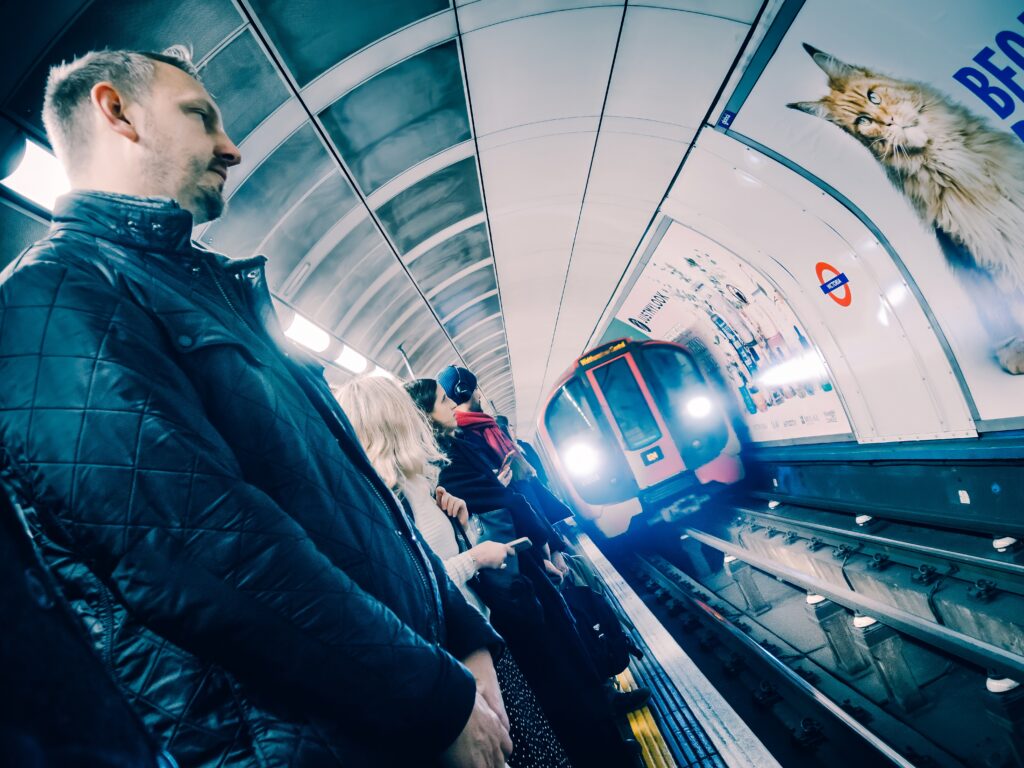
Several metres down from the street, the station platform on the Victoria Line is packed full of people. In the labyrinth of the networks of the London tube system, in central London, the tube is for the most part completely underground. It is a vertical world divided into layers. I assume people on the platform are from all walks of life.
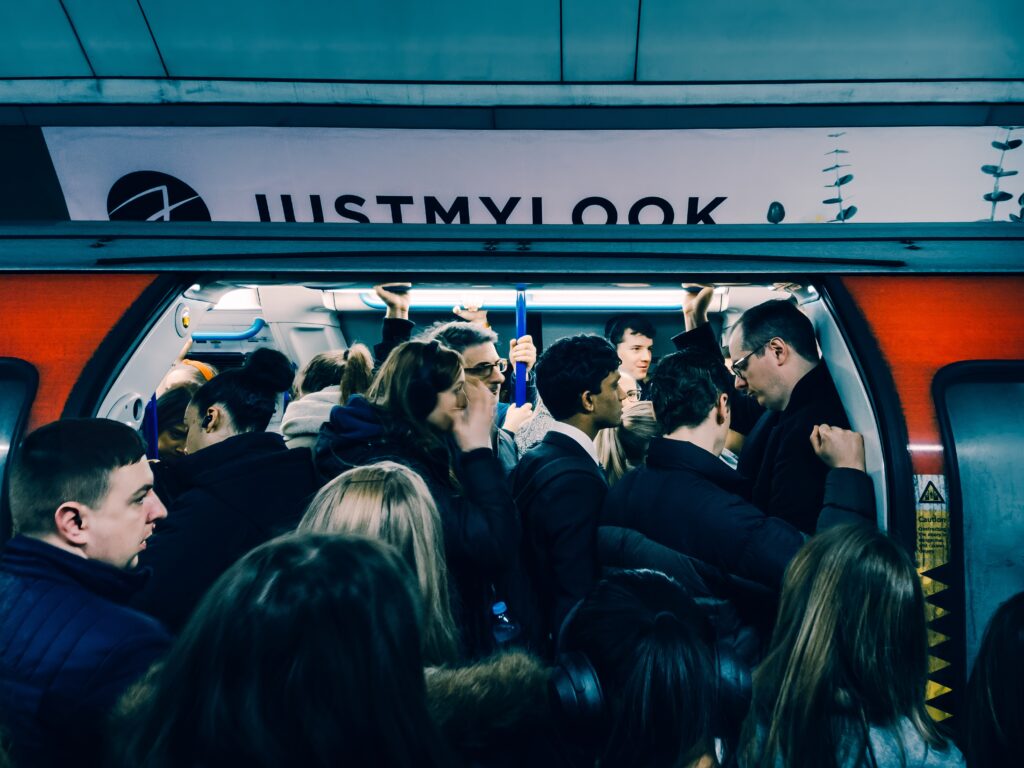
Most of them gather there for a purpose: to reach their workplace at a set time, according to a strict schedule. The reality of many is defined by the routine of “clocking in” and “clocking out”. It is the rhythm of the factory that stretches to apply to practically everything else, from the school to the offices and shops. This is an idea that traces back to the Industrial Revolution.
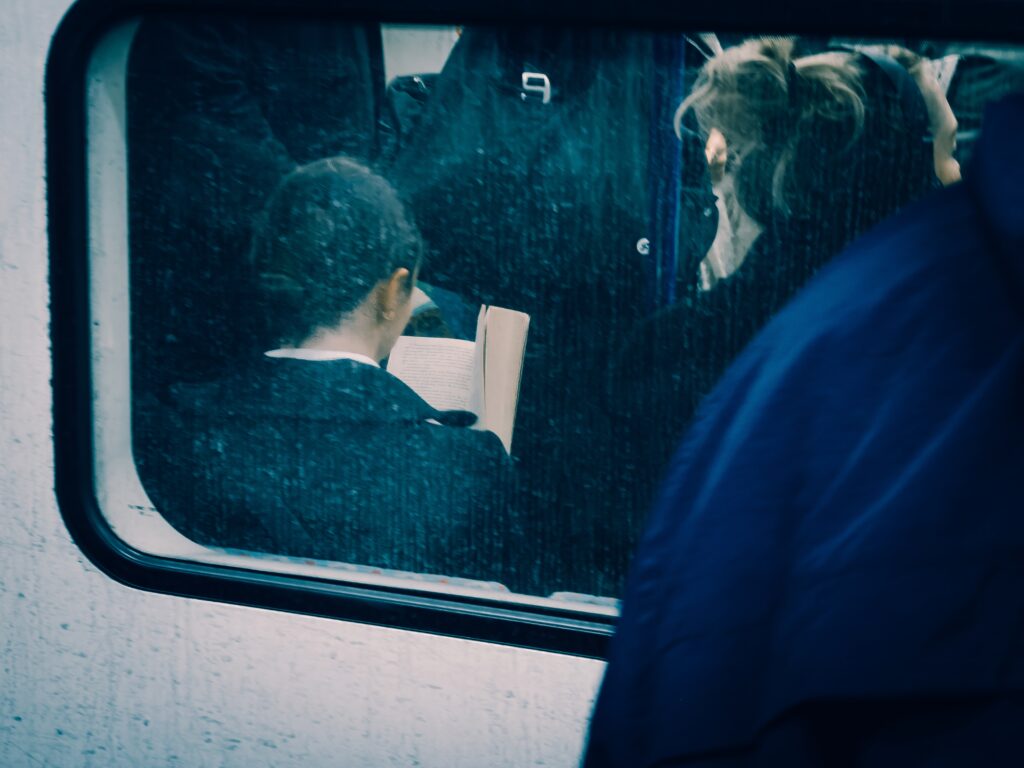
On that Wednesday morning, Victoria Station looked to me like at any time before the Pandemic. An internet search confirmed it. An article on the TfL (Transport for London) website said that the number of daily rides on the London Tube at the end of 2023 had already reached pre-pandemic levels. This leaves me questioning the influence, if any, of the so-called “Great Resignation”. The Pandemic’s grim impact and tragedies prompted many to re-examine their perspectives, potentially altering the way they wanted to live their lives. It appeared as if the rat race’s grip had loosened. Seeing the crowds now, however, I wonder whether it was merely a chapter of modern times.
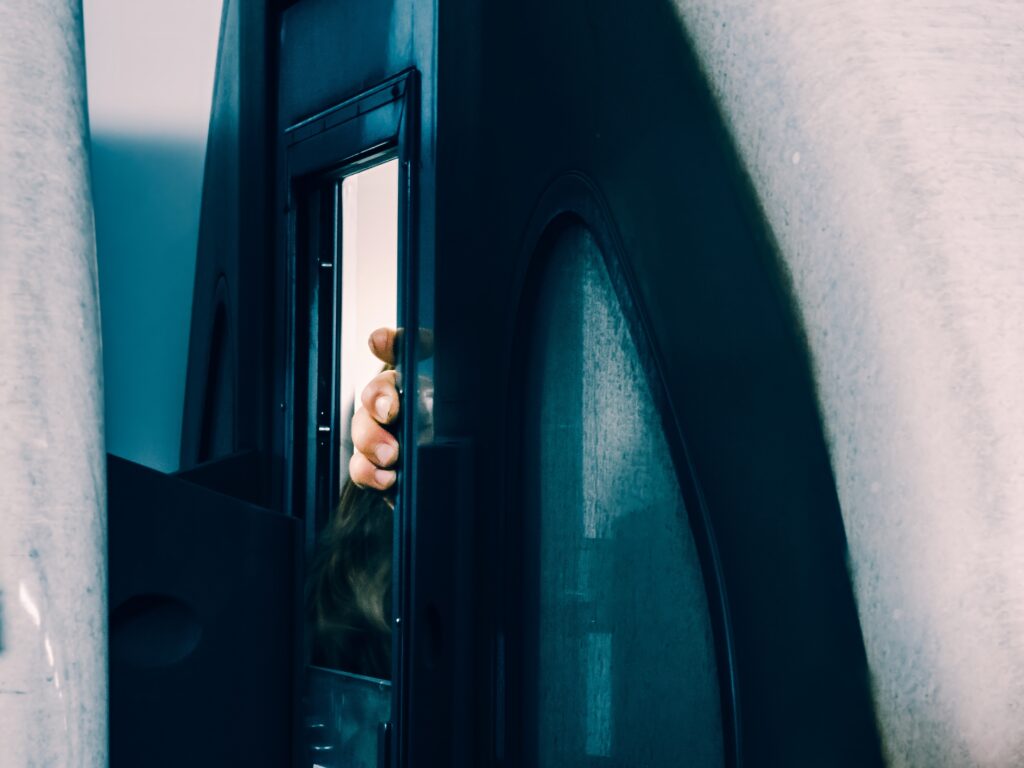
Perhaps old patterns die hard, and maybe as well too many property developers and landlords were successful in their clamour for a return to their business spaces. What happened to those flexible hours, hybrid working, and remote work arrangements?
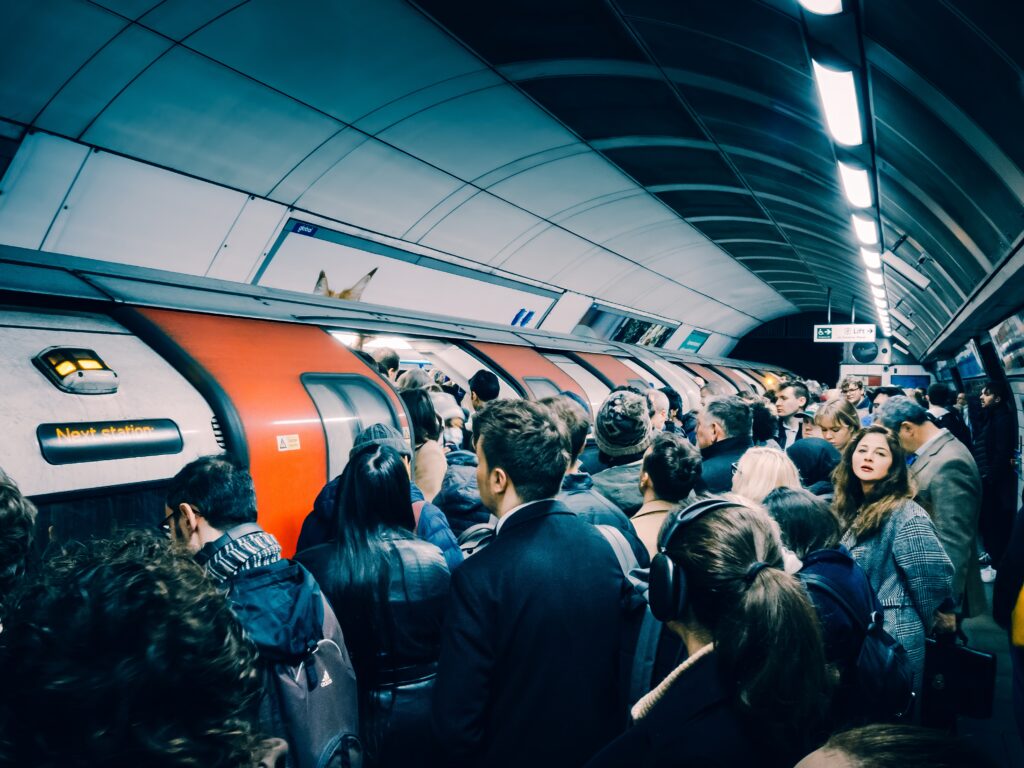
There I was, on a crowded platform, and the trains were so packed full that I had to wait for the next, and then the next, until I was able to get on, much like days past. The traditional workday structure from the industrial era, typically 9 to 5 or longer, appears to still be prevalent. The rota nature of the daily commute matches the industrial conveyor belt, with its associated tedium and no variation. Anywhere I looked, nobody was “having the time of their lives”, as attested by the many unsmiling and expressionless faces in the photographs.
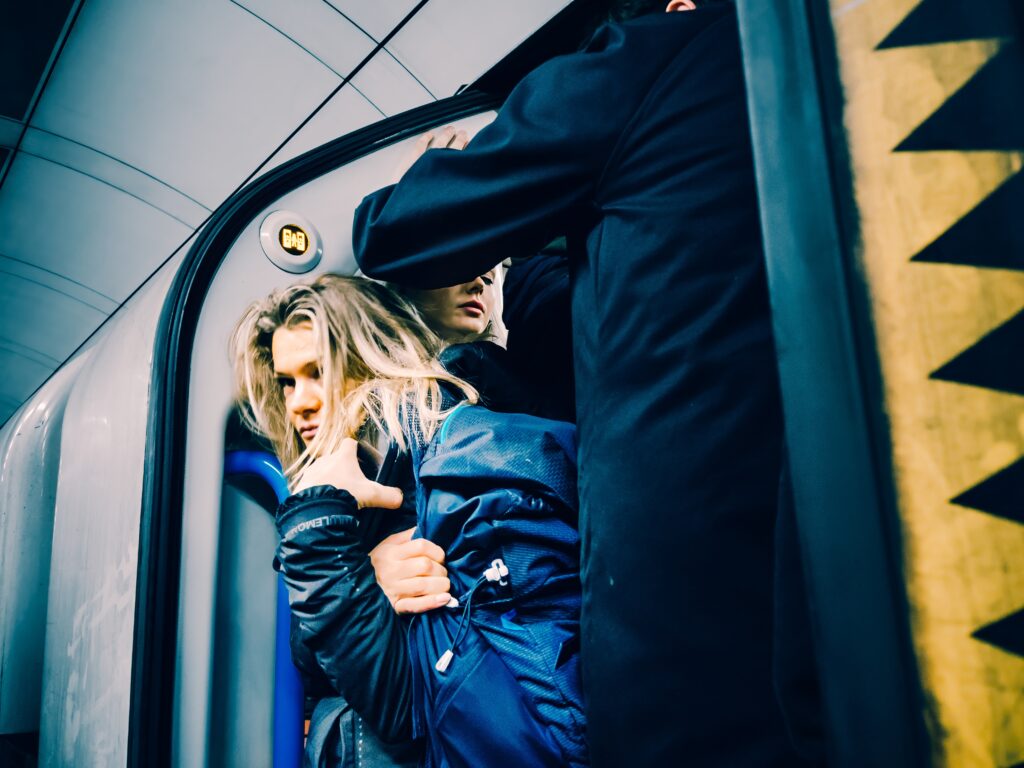
I thought of a sentence to open an imaginary manifesto: “We, humans of the rush hour, appear to be mere cogs in the machine.”
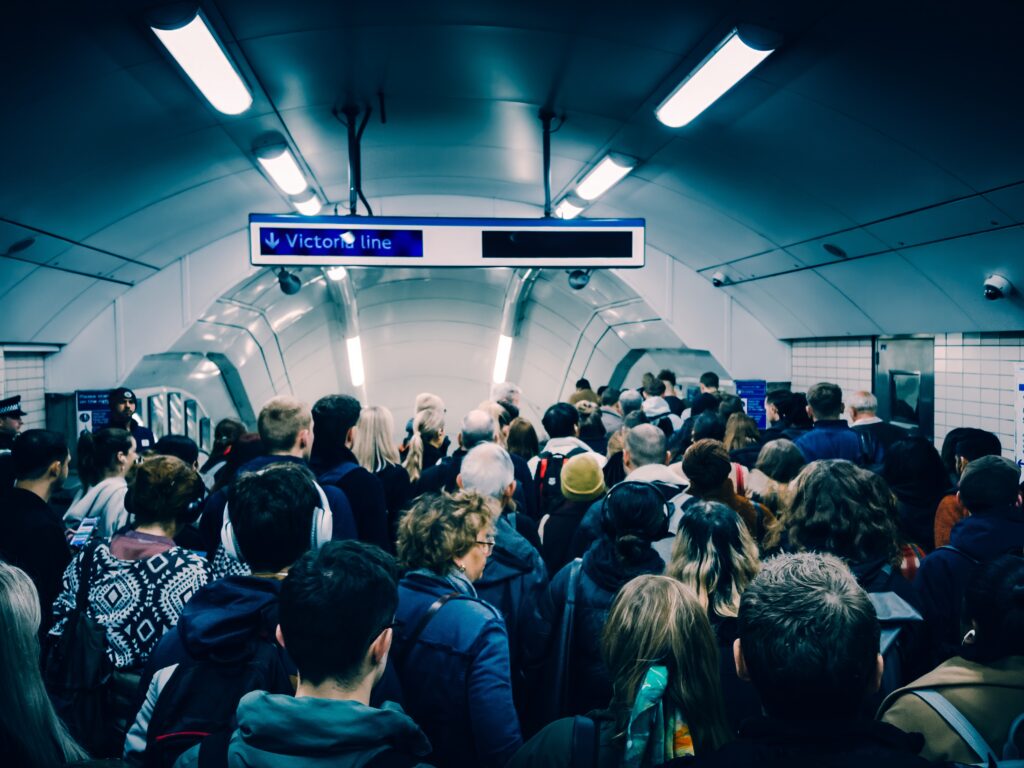
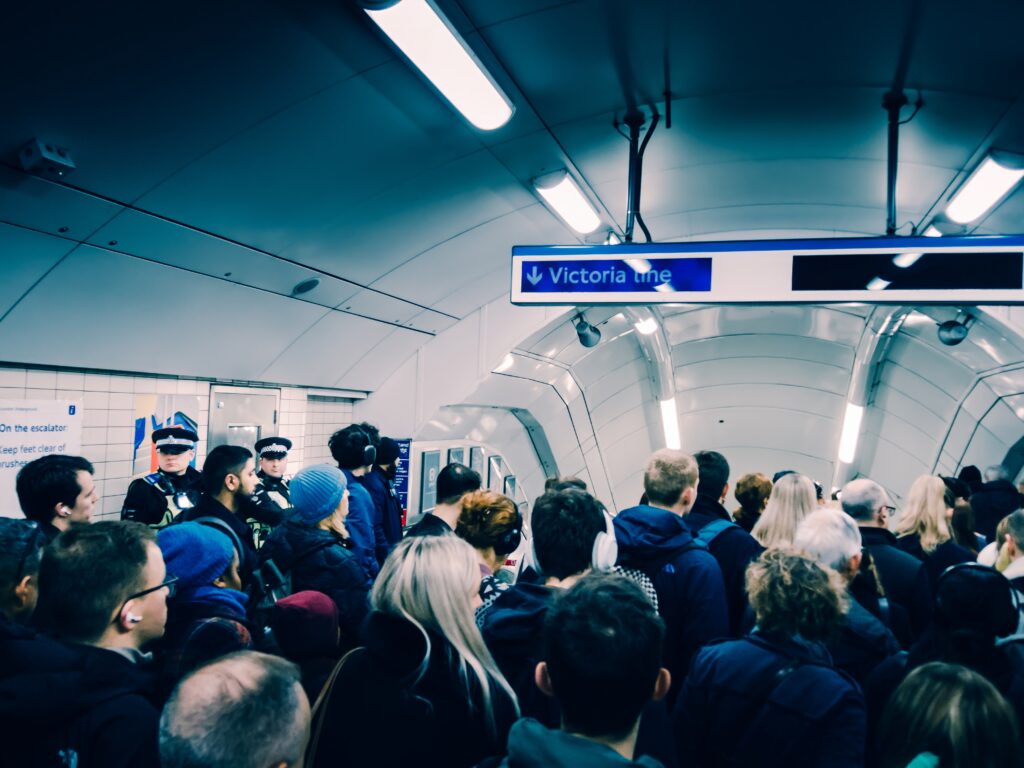
Perhaps some in the crowd may be asking themselves questions like these: How many of us rushing to work pause to appreciate what makes us unique? Whose dreams are we chasing? Do we fear that the price of following our dreams is unaffordable? Surrendering to the pressures of the times, from the more incidental things, such as dress codes or the wearing of uniforms, to the more substantial expectations of the workplace, do we feel that we are in control of our owns paths?
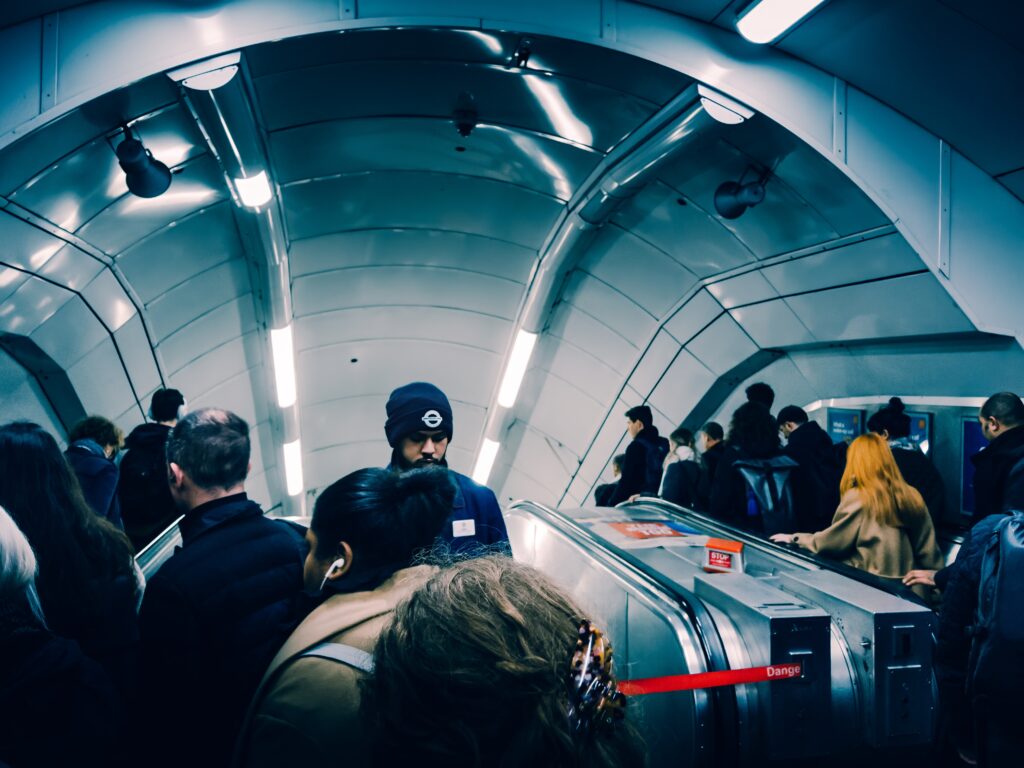
Moreover, once the fear of the Pandemic subsided, what fear is it that may be keeping some of us in places where we do not wish to be, and yet we do not have any impulse strong enough to decide otherwise? Or are we so distracted by the every day toil, that any unease we might have, never prompts us to pose questions like these? The crowds keep flowing seamlessly, all moving in unison through tunnels like water running through pipes.
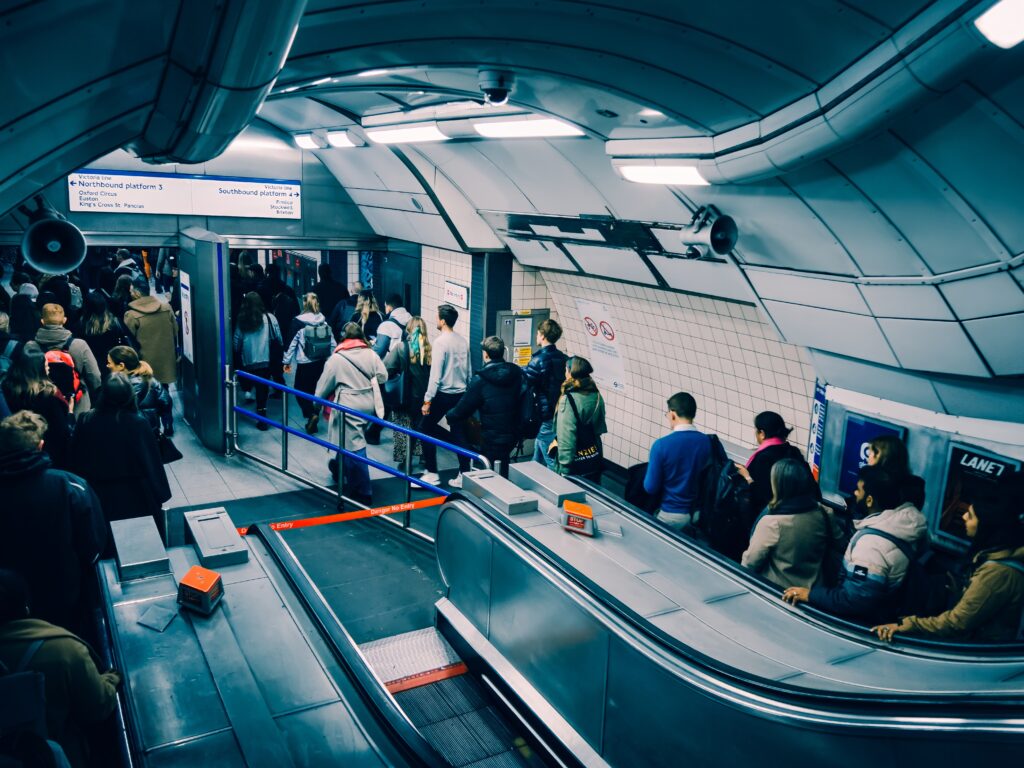
One conclusion might be that the Pandemic has not brought about any substantial change. A different conclusion could be that the transition to something else is so long, and changes are so piecemeal, that when you are in the thick of it nothing looks like it has changed, until that moment, not yet here, when it suddenly does.
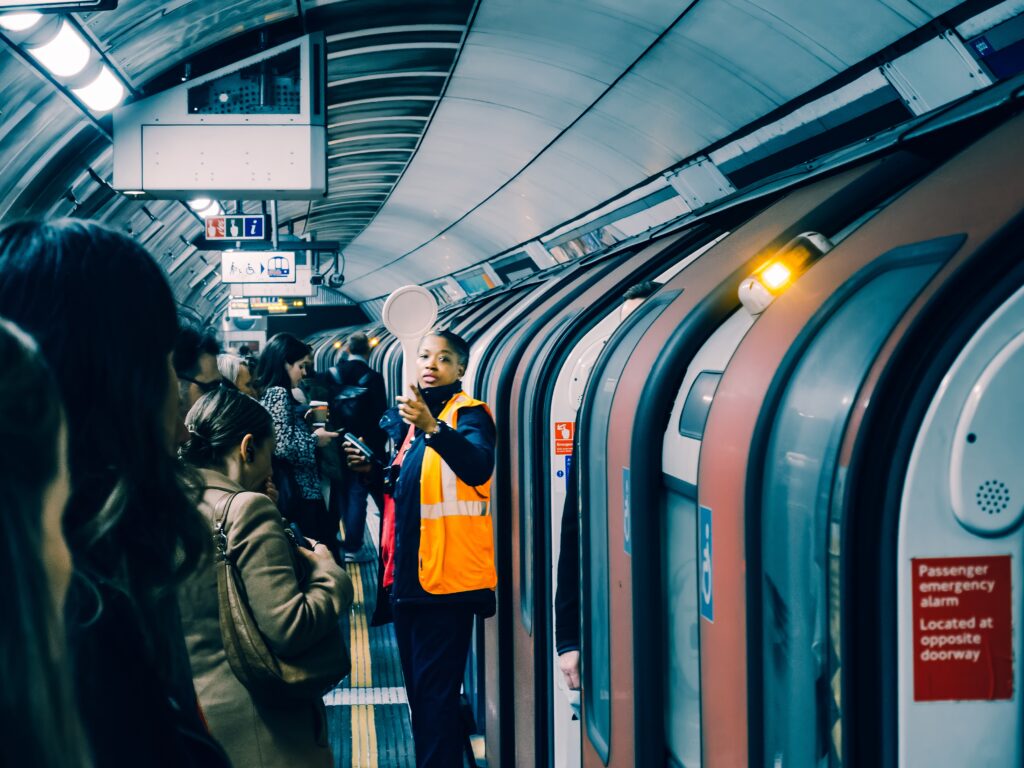
How the photographs were taken
I recorded what I witnessed. I set the ISO to 400 to minimise noise, opened the lens to maximum aperture, and delegated exposure decisions to the camera. The gaps of time and space between my snapshots make this series of photographs a collection of fragments. Unlike a movie, where scenes flow seamlessly, my series of photographs highlight discontinuity – an aspect of everyday life in a large city like London.
Furthermore, I opted for my interpretation over real-life colour. I added blue to the shadows and made the highlights warmer in tone, a method very commonly used in cinematography to enhance the mood of the scene. I aimed to depict the underground tunnels as a dark and claustrophobic space. Blue is often associated with foreboding and unease. Orange in the highlights punctuates the blue of the background and darker areas. It is an edit, and I used it to simplify matters.
The photographs were taken with a Nikon Coolpix P7800, which is a small-sensor compact camera equipped with a good-range zoom lens. The P7800 features user-friendly physical controls, but it is not aiming for a nostalgic throwback to the 1970s with its design. Although the camera is now more than a decade old, which could seem like an eternity if measured in, say, mobile phone years, if some thought is put into what a photographic situation requires, the P7800 can respond very quickly and accurately.
The camera features a 12.2-megapixel 1/1.7-inch CMOS sensor and can take video at 1080p 30 fps, which is suitable for several purposes (the camera lacks extensive movie-making features). Its sensor has a 4:3 aspect ratio and a diagonal size of 9.5 mm (comparable to high-end smartphone cameras). The lens gives angles of view equivalent to a 28-200mm range in (24×36 mm) 35mm format (the maximum aperture is f/2 at the wide end and f/4 at the long end). The P7800 is equipped with a leaf shutter, and therefore, it is extremely quiet.
To ensure quick responses from the camera, I made all composition, angle, and subject positioning decisions before each photograph. This involved setting the zoom and focus point before raising the camera to photograph. On this camera, moving the single focus point or the focus area requires a two-step process, and this is something that needs to be taken into consideration. First, you activate the “move focus point or move focus area” feature by pressing the “OK” button in the centre of the D-pad, and then using the D-pad, you place the focus point or area where it is needed. Operating the P7800 this way as a result of visualising things in advance, I did not encounter a single instance of “me versus the autofocus system”. I should mention that there is buffering time after each photograph, resulting in a brief delay before the camera is ready to photograph again.
Being mindful of the equipment’s limitations, I observed the crowd, seeking moments of stillness. This allowed me to use relatively slow shutter speeds and still capture action without motion blur or more precisely, without motion blur where I did not want any. For the most part, I set the zoom position between normal and short telephoto, sometimes to compress visuals or to concentrate on details without needing to crop in post-production.
I see in these photographs encounters of many opposites: underground and above ground, between the centre of the city where work is located and the suburbs where a lot of people live, there is the solidity of the architecture and the metal of the trains and the tracks, and the liquid-like appearance of the movement of the mass of commuters going through the system – which is the aspect that impressed me the most when I was photographing.
Share this post:
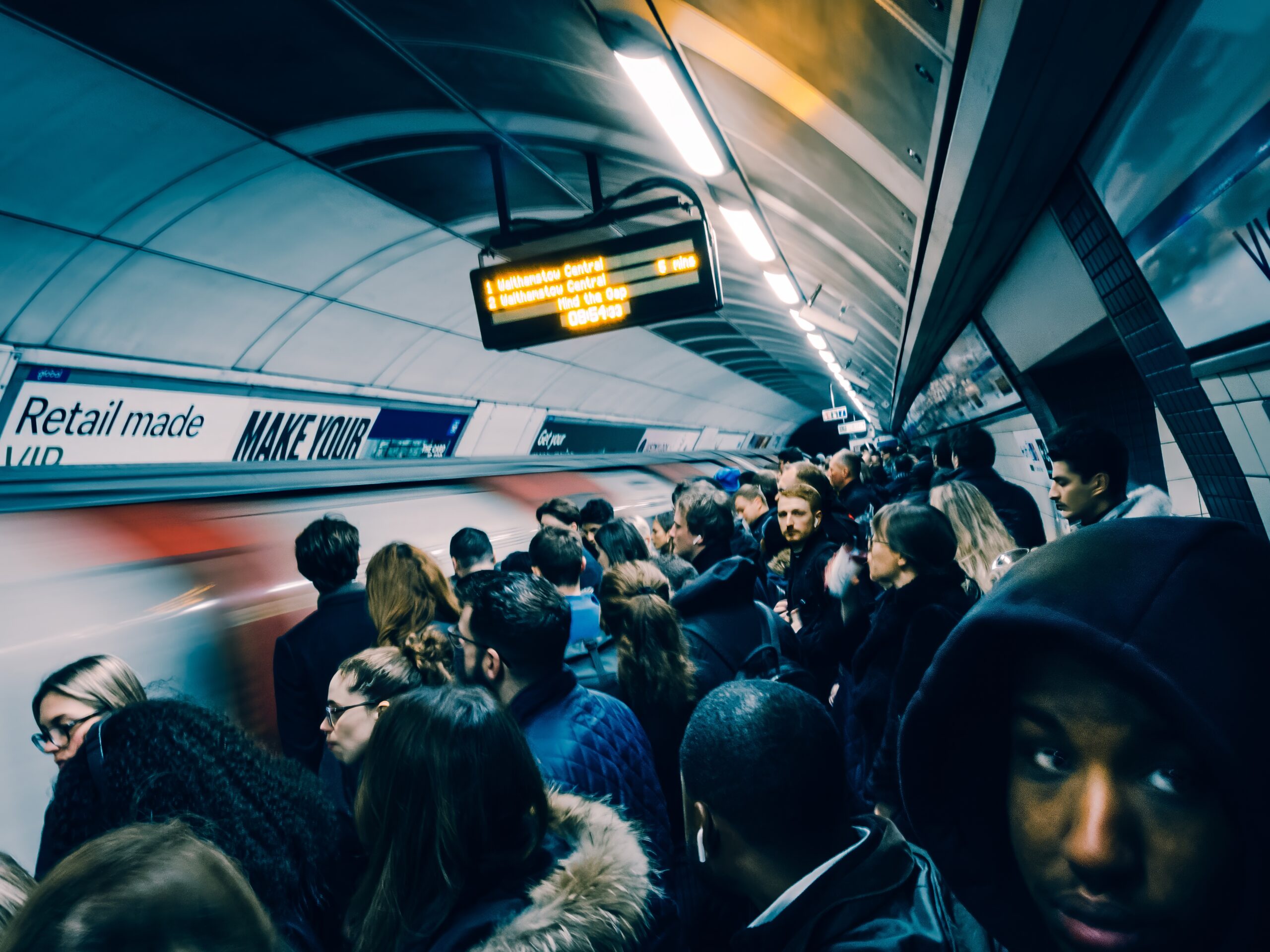
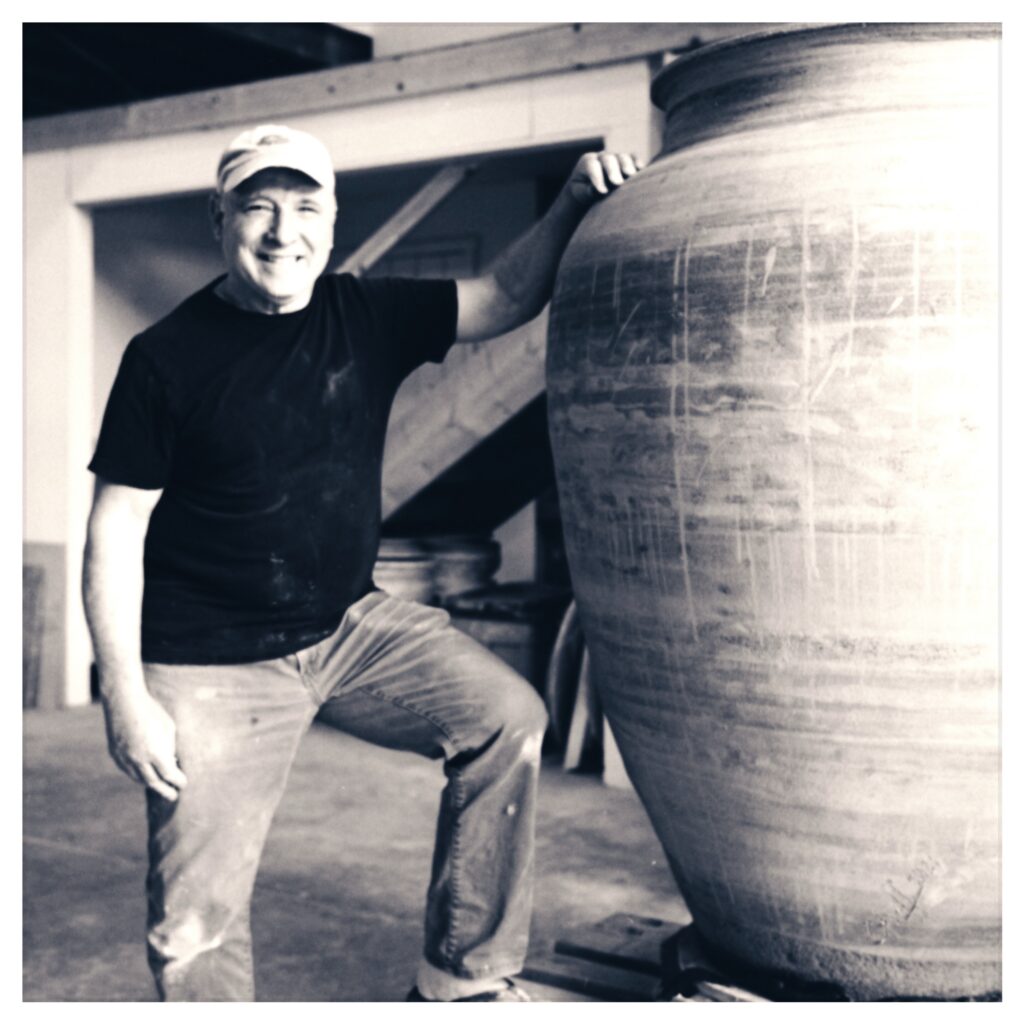
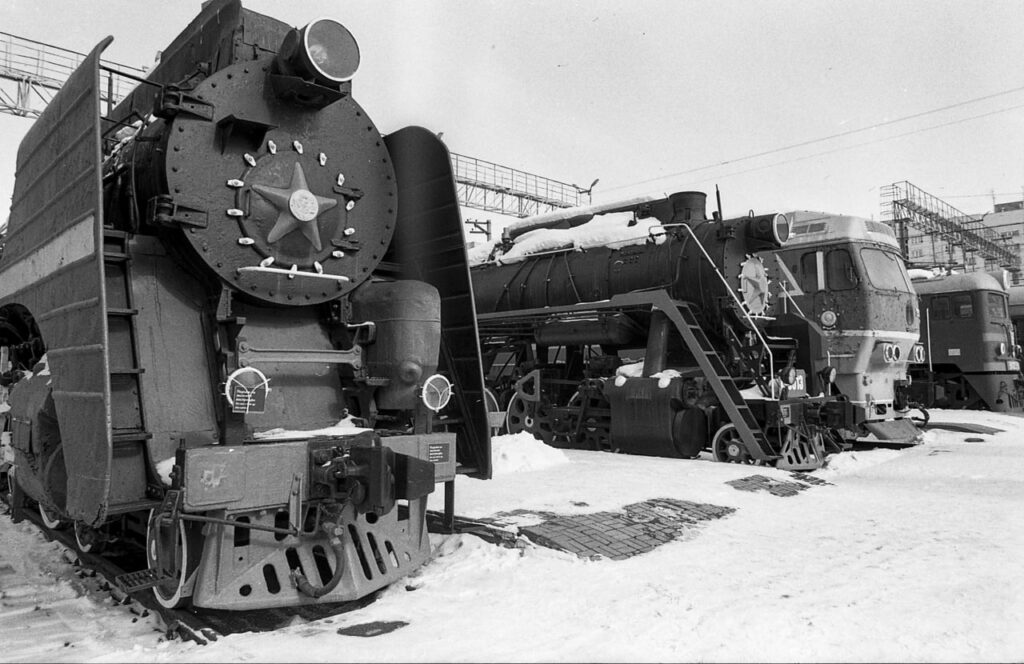
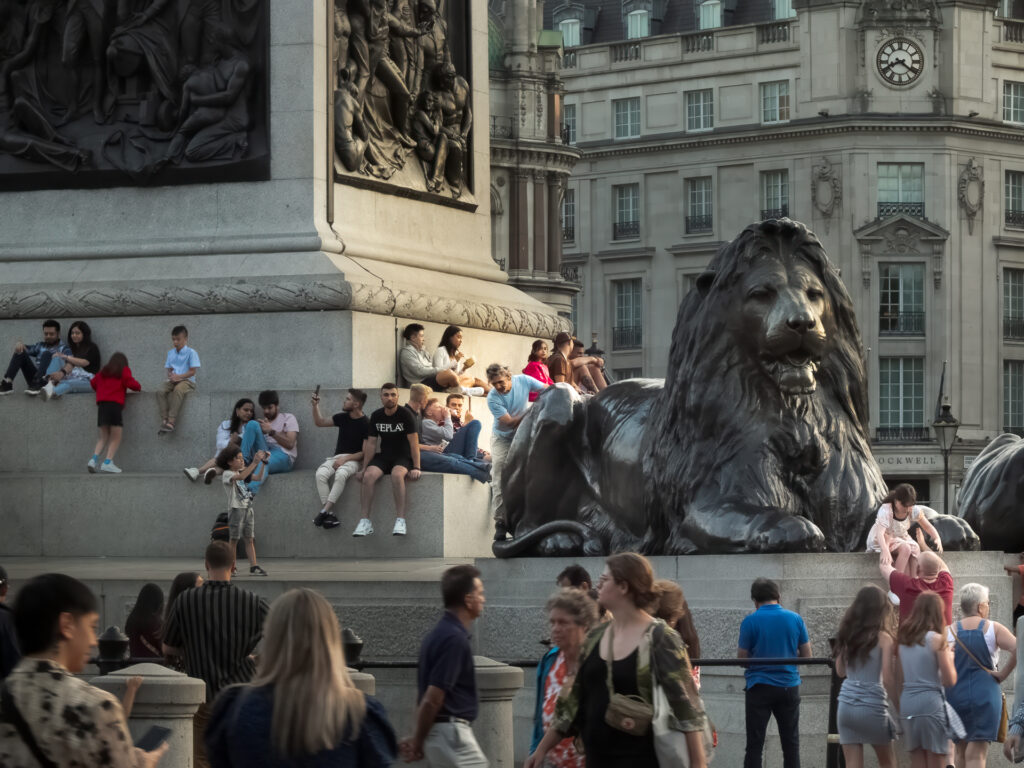
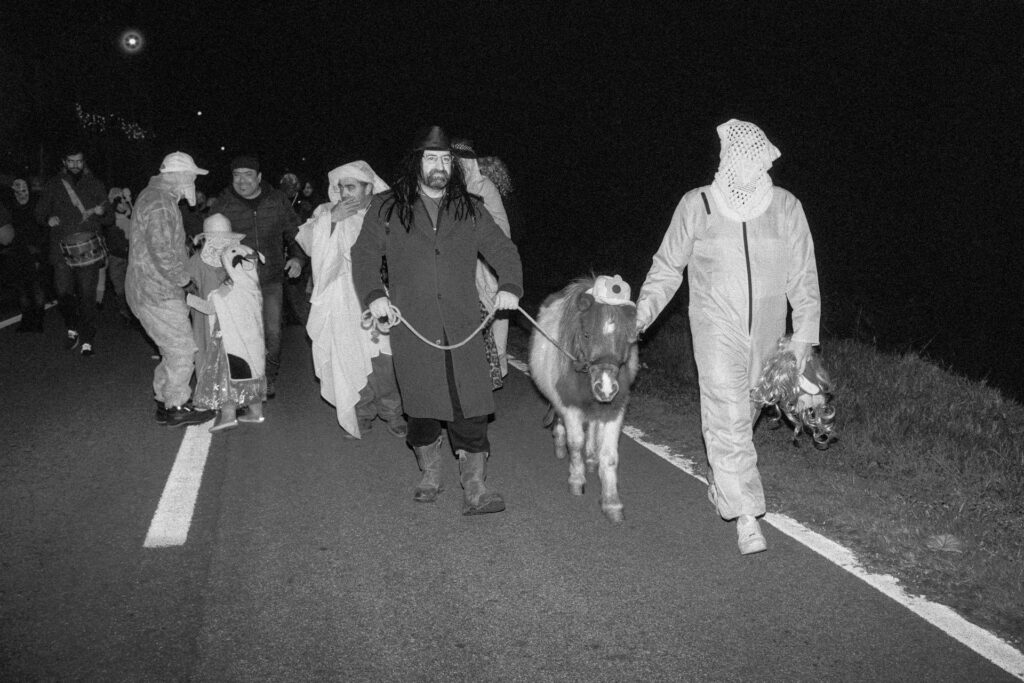




Comments
David Hume on London Tube Riders Having the Time of their Lives, or Perhaps Not
Comment posted: 16/06/2024
Regarding the text; I'm wondering if the text is a bit heavy-handed; in that it hits the reader with a double-whammy reinforced by the photos - but it's the same voice speaking. This might be hard to explain, but think of Robert Frank's The Americans where he got Jack Kerouac to write the intro. So there's a lyricism in the intro to contrast with the starkness of the images. Hey, it's not every day we can get Kerouac to write an intro, but you get the idea. The text I liked best was where you referred to process - how you set up the camera, how you graded. I think that a text that ran in that vein, and did not jump from an op-ed to instruction, might have been even more effective. In other words we get your views from the photos, and then you tell us how you did that in text. Not criticising the writing - but in making both servants of the same master you invite comparison and perhaps it felt like both were competing for the same air rather than working in harmony - as maybe could have happened if you'd collaborated with a writer and brought your different skillsets to the game.
I understand why your students might say you demystify things; that explanation of the rationale of the shots was great - very clear.
Anyway - I hope it's apparent from this that I really like this piece and hope it inspires more in this vein on the site. I'm critical for sure and I hope this comes across in a helpful/useful way that reflects my enthusiasm for your work. Cheers!
Comment posted: 16/06/2024
Comment posted: 16/06/2024
Comment posted: 16/06/2024
Ibraar Hussain on London Tube Riders Having the Time of their Lives, or Perhaps Not
Comment posted: 16/06/2024
And fantastic photos - the best one seen representing and showing the chaos and the order
As somebody who had worked on the tube for decades and a trade unionist I have found myself with the same observations
People have to work - the misery of commuting is forgotten once they’re off the cattle car and the fruits they reap when off or on holiday and with their friends and families.
I for one am glad that the ‘pandemic’ or rather the governments response has been negated and life is back to how it should be with a functioning city and economy. Long may it continue.
Comment posted: 16/06/2024
Bill Brown on London Tube Riders Having the Time of their Lives, or Perhaps Not
Comment posted: 16/06/2024
Comment posted: 16/06/2024
Gary Smith on London Tube Riders Having the Time of their Lives, or Perhaps Not
Comment posted: 16/06/2024
Nice article Danilo!
Comment posted: 16/06/2024
Jeffery Luhn on London Tube Riders Having the Time of their Lives, or Perhaps Not
Comment posted: 16/06/2024
You captured the gloomy drudgery of urban commuters. The piece made me feel blessed that I live in rural California where the economy is 90% cattle and grapes. Heavy traffic consists of 6 cars in a row.
After viewing your photos once, I asked myself, "How do these shots differ from a security cam?" Upon second and third viewing I can only come up with 'cropping' and 'occasional POV.' But still, the piece left me with strong impressions, mostly because of the good writing.
Comment posted: 16/06/2024
Jukka Reimola on London Tube Riders Having the Time of their Lives, or Perhaps Not
Comment posted: 16/06/2024
Comment posted: 16/06/2024
Geoff Chaplin on London Tube Riders Having the Time of their Lives, or Perhaps Not
Comment posted: 16/06/2024
Comment posted: 16/06/2024
Jay Dann Walker on London Tube Riders Having the Time of their Lives, or Perhaps Not
Comment posted: 17/06/2024
My second thought. It takes a brave man to photograph commuters on PT!
Me, I've never been brave enough to do this. Maybe because I'm a Nikon Nomad, and carrying a D800 or D700 on the subway could be seen as carrying an aggressive weapon. In Melbourne where I live, the economy seems to be fixated on making coffee, digging holes in the ground and exporting the contents to China, and buying and selling houses. Most people I know commute five days a week to their offices but most seem to have no idea what if anything they are contributing to the planet's well-being. Possibly because they aren't. Having said this, I will now let the topic go...
I'm also somewhat inhibited in my public photography by the saga of a friend who, a few years ago on a holiday in Malaysia, boarded a Kuala Lumpur commuter train and started taking candids, but had unknowingly entered a women only carriage. He was detained and subjected to some intense grilling by PT security for an hour before a senior officer decided to accept his (honest) explanation and let him walk free. It ruined his vacation in Malaysia and in some ways he has never quite recovered from this experience, but the few images he had time to make before he was 'pinched' for it are truly good. Much like yours.
The Coolpix would be an ideal camera for this sort of 'stealth imagery', I think. Small, unobtrusive, easily whipped out and hidden away again. Your images show most commuters seem to completely involved in their own thoughts to have noticed what you were up to, altho' one or two did give you the eye, seemingly without evil intent.
Were you maybe inspired by the now-iconic book 'Subway' by Bruce Davidson? I have a first edition copy from the '80s and it's one I often go back to and browse at his many beautiful images. Yours seem to be to be just as powerful and emotive, and in color too. Well done!!
Best, DANN
Comment posted: 17/06/2024
Anthony Bailey on London Tube Riders Having the Time of their Lives, or Perhaps Not
Comment posted: 17/06/2024
Comment posted: 17/06/2024
Comment posted: 17/06/2024
Nathan Sherwood on London Tube Riders Having the Time of their Lives, or Perhaps Not
Comment posted: 17/06/2024
Comment posted: 17/06/2024
Paul Quellin on London Tube Riders Having the Time of their Lives, or Perhaps Not
Comment posted: 19/06/2024
I particularly liked the first, second and fifth images. That would be me... trying to be near a door or window. Maybe from reading your article, I'll think it through more carefully and be more confident on the day. Thank you.
Comment posted: 19/06/2024
Jay Dann Walker on London Tube Riders Having the Time of their Lives, or Perhaps Not
Comment posted: 20/06/2024
The privacy implications in today's world applied largely to the West for a long time, but now Asian countries are becoming more middle-class, and such concerns have been imported into and are fast becoming part of the public consciousness. In Indonesia where I often photograph in the streets, as well as in Malaysia where I seldom do photography in public now (also in Brunei where I almost never do as by and large Bruneians seem to have become increasingly camera-shy and protective of their privacy) I now have to be much more cautious as to where and when I include people in the streets, especially in the cities such as Surabaya where I mostly stay (I've never dared to go public with my cameras in Jakarta or Bandung). In Bali where camera-toting tourists seem to be the norm, and in the kampung (villages) where the arrival of any buleh (white person) either with or without a camera creates an immediate mob of madly keen locals, mostly children, the usual gesture when I take ut my camera for some local snaps is the extended hand in the time-honored tradition - "money, mister!"
At any rate, I'm still interested in the Pentax 17 as a carry-around candid camera for my next trip to Asia, which will be in December. I will be away for about four months, and I plan to revisit places I've not been to for many decades, notably Angkor Was in Cambodia, also Laos, Vietnam and possibly Taiwan. All offer endless amazing possibilities for public photography, and in this sphere the 17 would shine as a PSATR (point, shoot and then run, my very own term this, ha!) in my kit.
So it remains very much a possibility for me. The price will determine my decision in the end.
In Melbourne (Australia) where I live, film cameras seem to have proliferated on the secondhand market of late. So I have the possibility of acquiring a small gem of an older half-frame camera if it suits my needs - I've seen several Olympus PEN cameras in seemingly good working condition for sale in the local shops of late, at prices much less than the new Pentax will likely cost. The 'killer' here of course, is the high price of PEN EE lenses, often more for even a standard lens than the camera. But time will tell and we will see.
For all that, I do wish Pentax the very best in the (so far) not so competitive film camera market with their new offspring. Apparently they have indicated they intend to produce four new models - the other three will be, I hope, as interesting as their first new half-frame baby.
Best, DANN
Comment posted: 20/06/2024